Once upon a time, push-button phones could surprise. There was a radio antenna installed somewhere, a full-fledged keyboard,
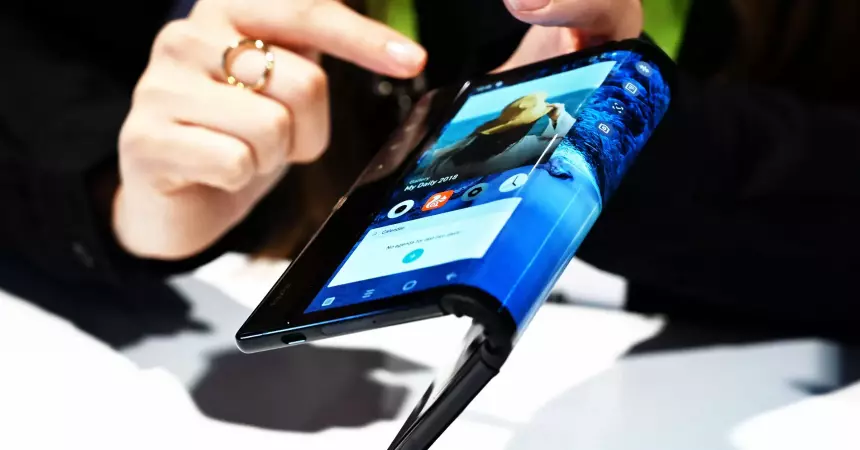
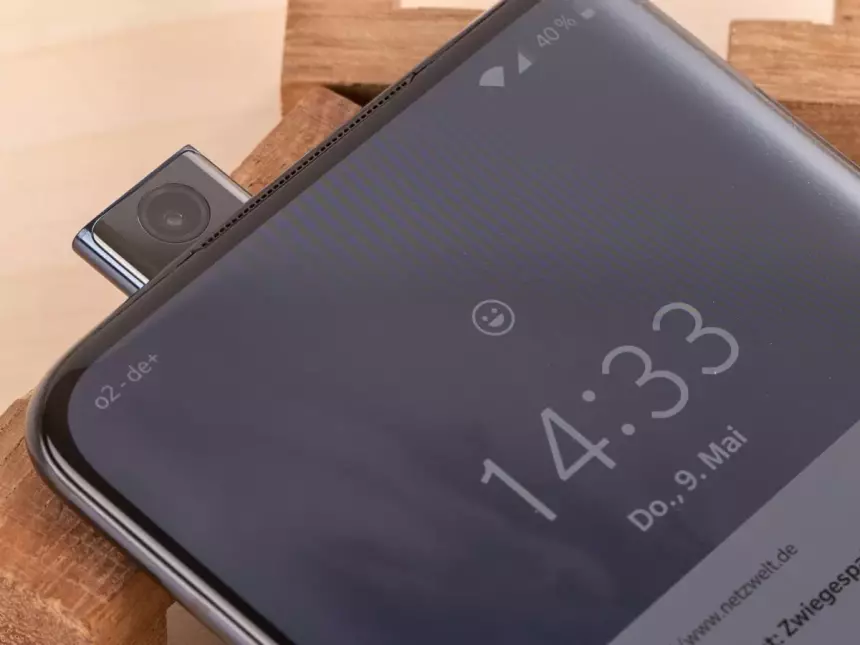
To fulfill our promises regardingdisplay in full screen, OnePlus has implemented a front-facing pop-up camera in the 7 Pro. It popped out when you wanted to take a selfie or video chat and made a buzzing sound every time. The pop-up chamber was not the most reliable - some people complained about the ingress of lint and debris into the module. Not to mention that it is not very maintainable.

This phone is called Xperia Play.Released by Sony Ericsson, it ran Android but was essentially a portable gaming machine. The phone is equipped with a retractable controller with "touch joysticks". You could play any of the 50 pre-ported PlayStation games, as well as whatever was available on the Android Marketplace at the time.
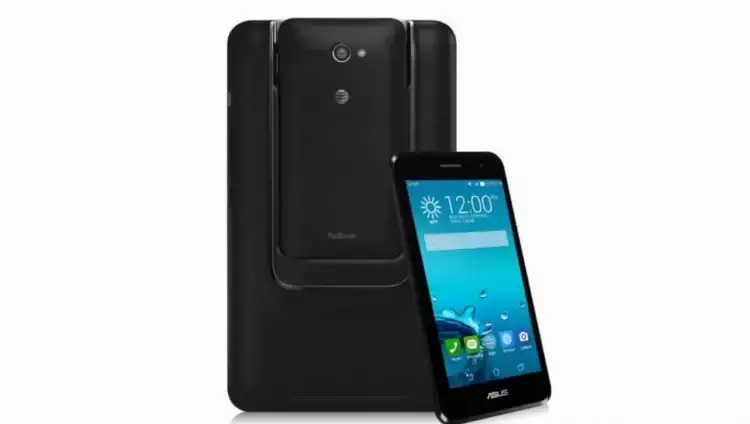
Before folding devices, if you wanted toget a hybrid phone and tablet, you should have looked at the Asus PadFone X Mini. It was a 4.5-inch smartphone that could fit into a 7-inch tablet. He did not have the best technical characteristics. In addition to having a bad display and even worse cameras, this duo of devices ran on an Intel processor at a time when the company was still trying its hand at making smartphone chips.
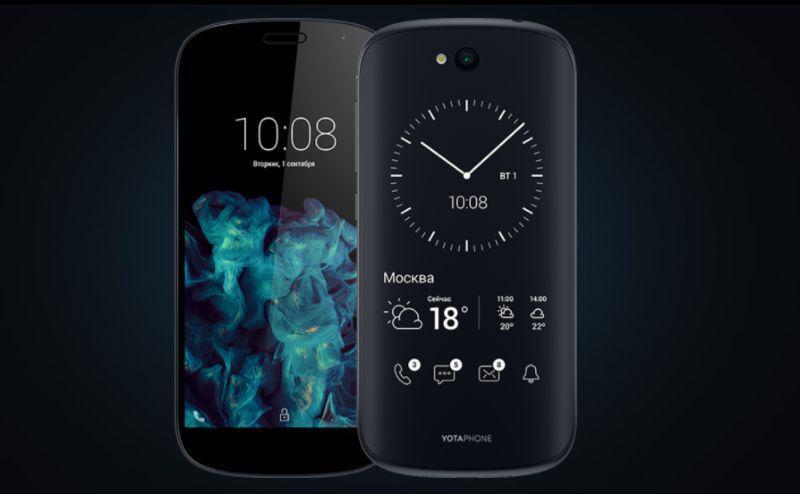
The publication also singled out the Russian YotaPhone 2.It had a 4.7-inch LCD on the front and ran Android, with an e-ink display on the back to serve as a backup. This part of the screen could be used for reading or even navigating maps if you needed to conserve battery power.
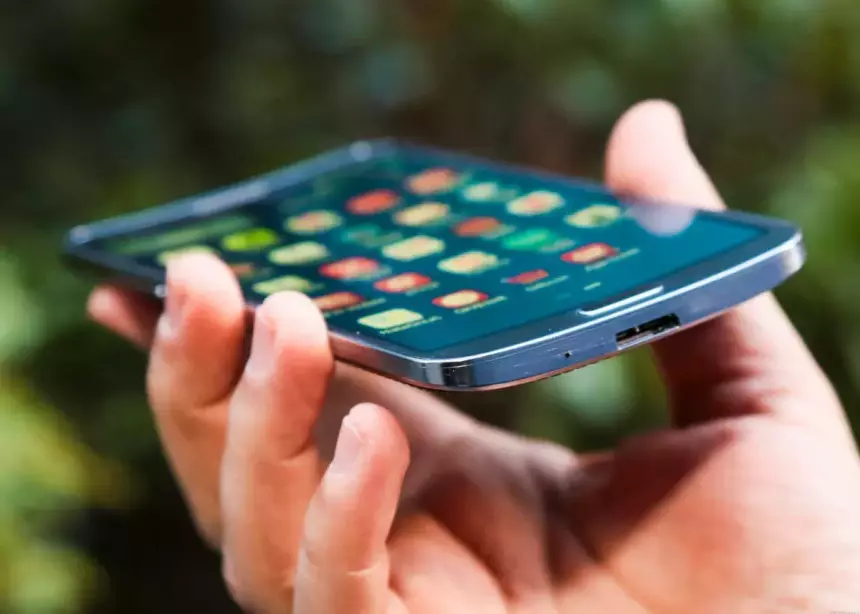
Samsung tried to implement smartphones with flexiblescreen back in 2013, releasing the Galaxy Round – smartphone with "the world's first commercialized flexible Full HD Super AMOLED display." The phone's 5.7-inch display was bent vertically, and it wasn't able to lie flat on a table if you placed it on its back.

Nexus One boasted a rollerball,located below the display, which could be used instead of a sensor to, for example, scroll through the menu on the phone. (At one time, I myself used the HTC Hero for some time, which also had a similar feature with a roller under the screen - ed.).
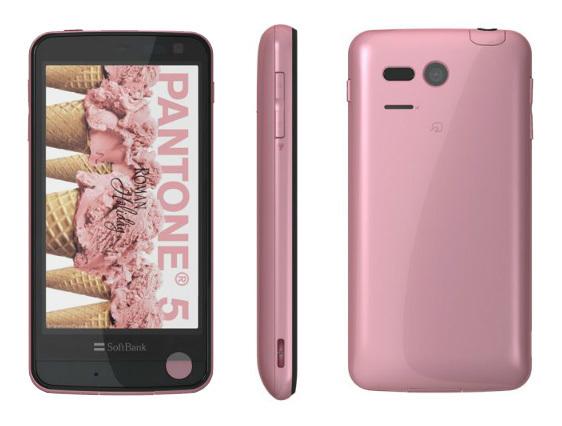
Sharp Pantone 5 ICS released in 2012only in Japan, was able to report radiation levels, while "shove" Such sensors in a smartphone were a real technological achievement.

The modular smartphone from Google Project Ara allowedit is easy to replace your components to, for example, upgrade the camera, processor or something else. Unfortunately, these modules were too expensive for a phone that had yet to catch on, and Google ended up shutting down the project in 2016.